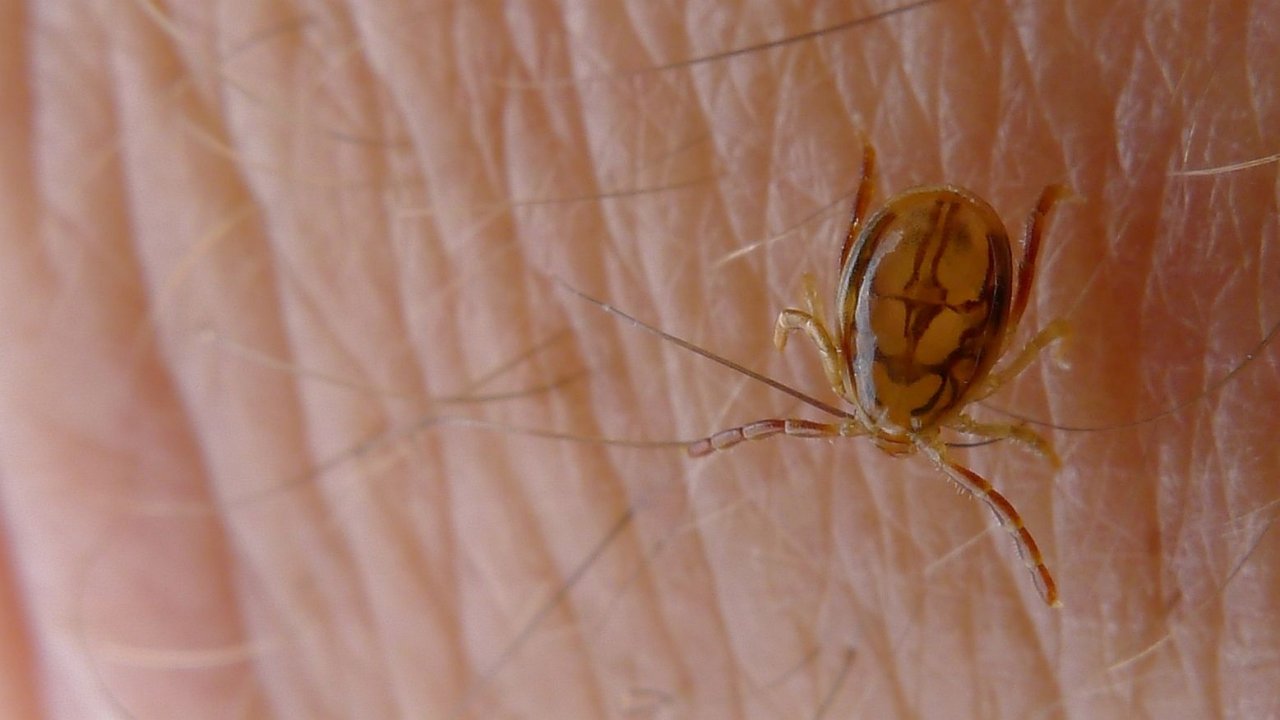The ancient arthropods we call ticks are a scourge upon humans. The bloodsucking creatures carry bacteria, viruses and parasites that enter our circulatory systems when they latch on to our bodies for a feeding. In particular, the blacklegged tick spreads Lyme disease, a debilitating illness that is difficult to diagnose and treat. Nearly 30,000 people in the U.S. were infected with the Lyme disease bacterium, Borrelia burgdorferi, in 2015.
The fact that ticks aren't killed by Borrelia burgdorferi or any of the other human-harming microbes they host has long puzzled scientists. "No one understands why ticks can transmit so many different pathogens," says Joao Pedra, who studies microbiology and immunology at the University of Maryland School of Medicine.
Pedra wanted to know what was happening inside the tick immune system when such an invader enters the organism. Although much is understood about the immune pathways of disease-carrying mosquitoes—which are not killed by the malaria, dengue, Zika and other pathogens they transmit—the equivalent process inside ticks was a mystery.
Using a technique called RNA interference, Pedra and his colleagues unpacked the tick immune system and found that a gene called IMD, known to encode a key molecule in the mosquito immune system, was absent from the ticks. Several other genes followed the same pattern: essential for mosquito immunity, absent from the tick system.
The researchers also looked at PGRP, another crucial component of the mosquito immune response. It binds to sugar molecules in the cell walls of invading pathogens as part of triggering an immune reaction. PGRP is present in ticks, but it doesn't do anything to an invading bacterium.
More mysterious still was their discovery that the pathway to which IMD, PGRP and other mosquito immunity molecules are linked—the immunodeficiency, or IMD, pathway—was also active in ticks. So the route along which immune signals travel is similar but the exact mechanisms are different.
A closer look revealed that rather than focusing on sugar as the sign of a foreign invader, the tick immune system responds to lipids, or fat cells. In particular, two lipid molecules known as POPG and PODAG activated the IMD pathway in ticks.
The study was published Tuesday in Nature Communications.
Why would the tick immune system home in on fat molecules? Anni Kleino, who researches infectious diseases at the University of Massachusetts Medical School, studying in particular the IMD pathway in fruit flies, points out that Borrelia burgdorferi does not contain the cell wall sugar attacked by the mosquito immune system. Rather, this bacterium uses lipids to keep its structure intact. The role of lipids in the tick immune response may indicate that this arthropod is uniquely adapted to handle the bacteria.
Pedra speculates that the tick does not completely expel the Lyme-carrying bacteria because, for the tick, it is not a pathogen. Rather, the bacteria contain an antifreeze protein that may enable the tick to survive cold weather.
The different immune mechanisms emphasize the evolutionary distance between mosquitoes (and other insects) and ticks, which are more closely related to spiders and scorpions. "Ticks and insects are about 500 million years apart in evolution," says Pedra. "It's the same thing as comparing humans to fish."
As for whether this laboratory science could assist in halting the spread of Lyme disease, Pedra thinks it might be possible to alter the tick genome to strengthen its immune response. By doing so, the tick could be forced to eradicate the pathogens that seep into our bodies when ticks feast on our blood.
"We're several years away from this," he says, "but it's nice to think about."





















